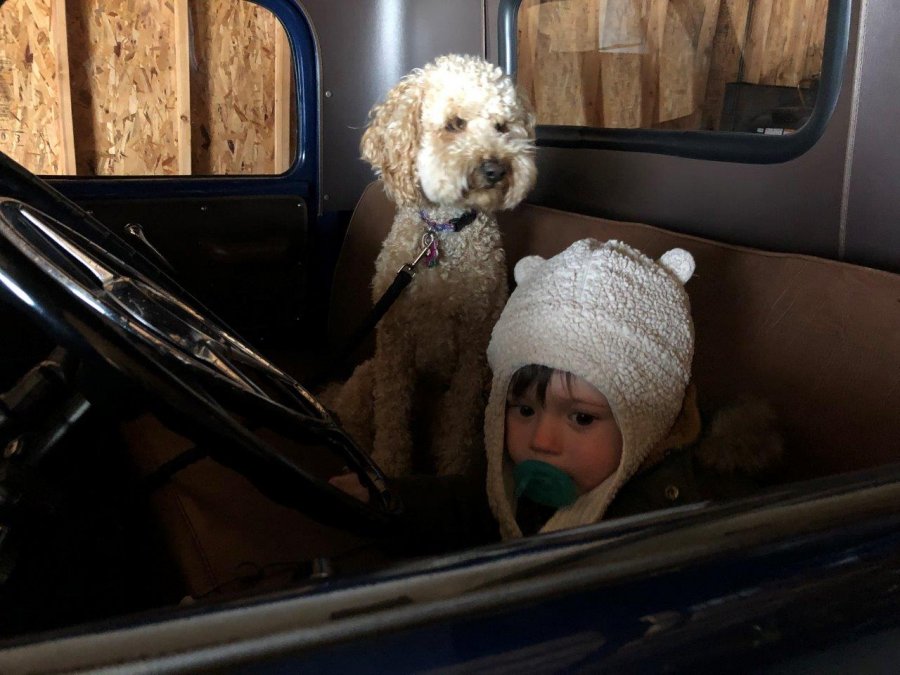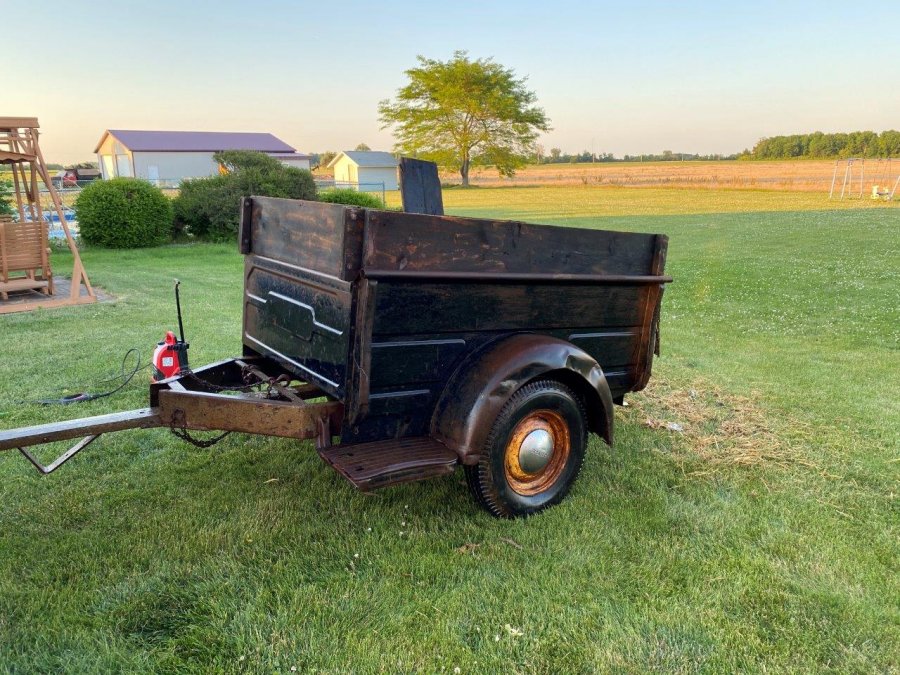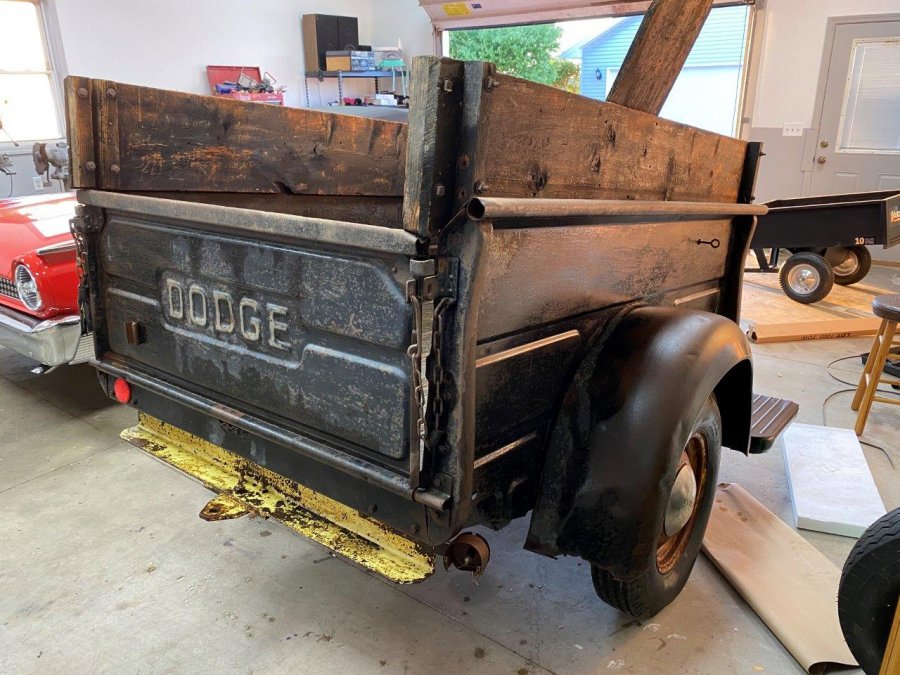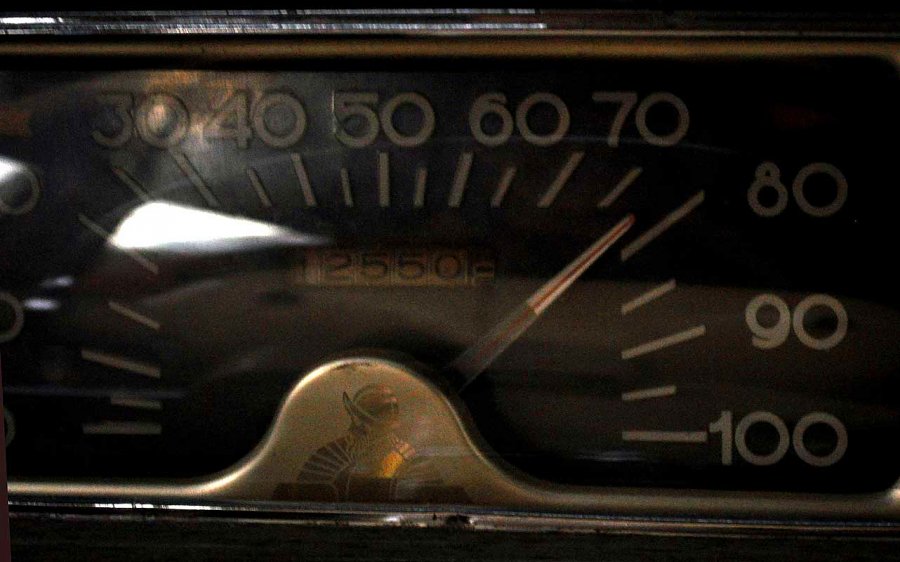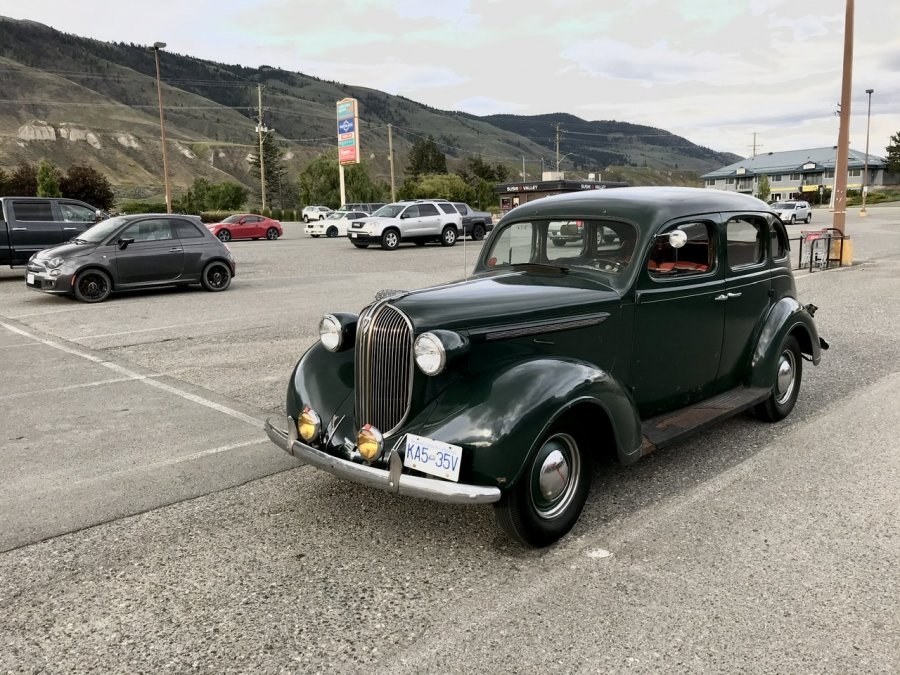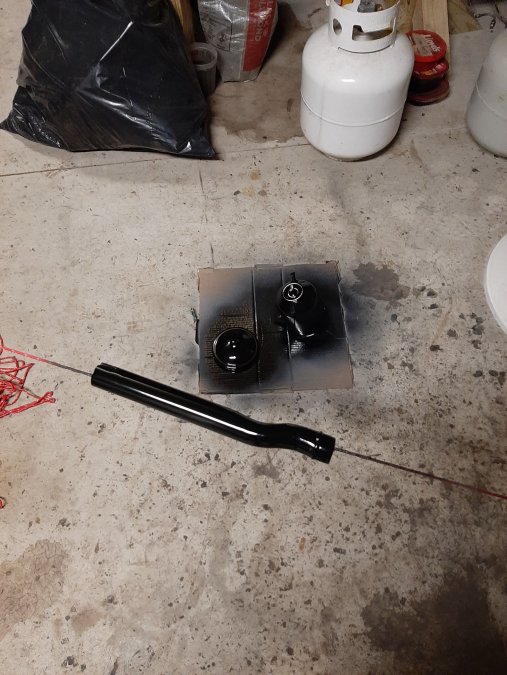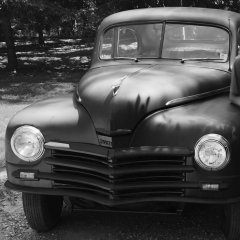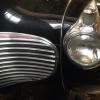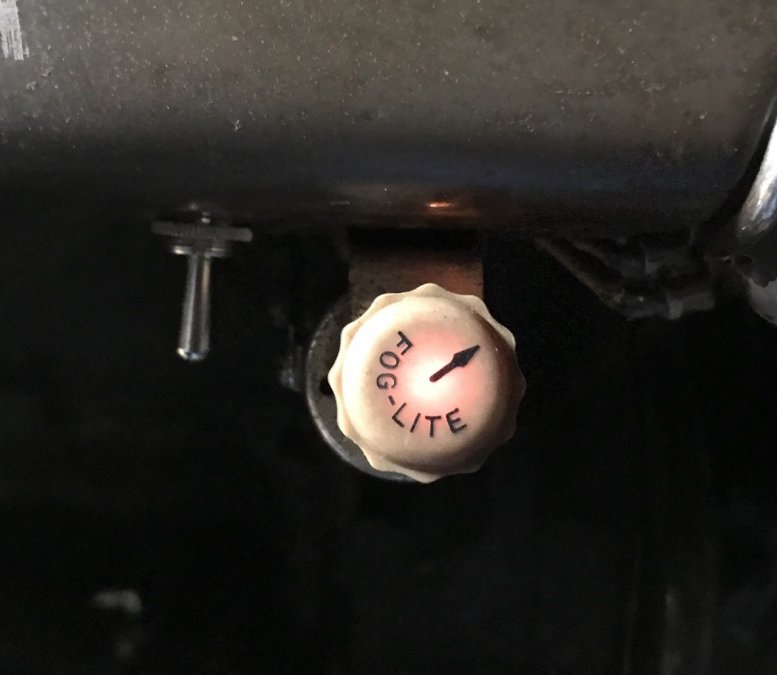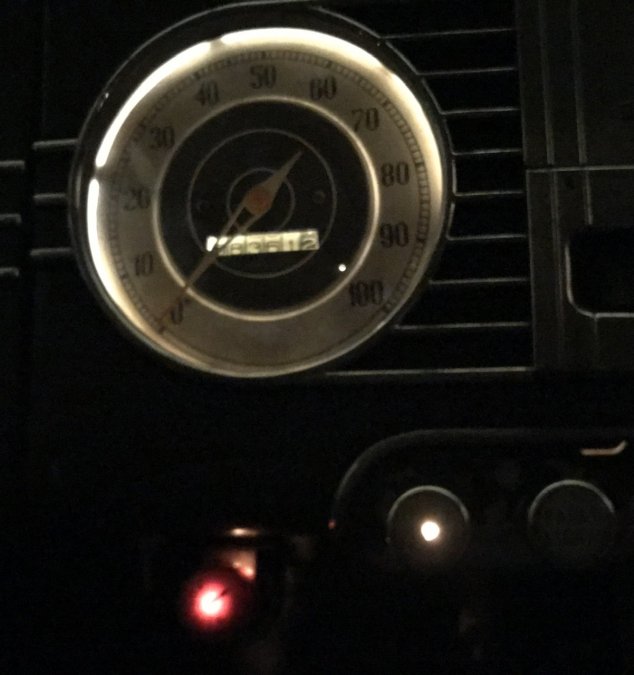Leaderboard
Popular Content
Showing content with the highest reputation on 06/16/2020 in all areas
-
I look at the truck sitting in the barn all the time. I even opened the hood to look for mice on Sunday! BUT....that's about it lol. My house and other priorities keep me busy! Once I'm done with the house and yard, I should have some time to start playing in the garage again! I really think that my son is going to be my right hand man in the garage. He really seems to like car/trucks/tractors. My fingers are crossed!3 points
-
Holy smokes it's been a while since I posted on this tread (or on the forum for that matter)! I thought I'd share my most recent purchase! I've been wanting a small utility trailer for around our yard for brush and use around town as needed, and I think I found the perfect one! It's a B series 1/2 ton bed trailer. A local farmer that I know had it and told me to make an offer. I did, and I picked it up last night. I really wish that I had this bed when I restored my truck. This bed is in GREAT shape. The original floor is even nice. They bought the truck new, and it ended up in an accident that took the front of the truck out,. They brought it home and made the trailer. Someday I'll get around to blasting and painting it, but for now it will work. This should be fun to pull behind my 1/2 ton to get mulch and lumber as needed once I make the trailer safe to go down the road!3 points
-
2 points
-
IMHO, heat risers are highly over-rated and even more highly misunderstood. The real purpose for adding them when this stuff was manufactured was to keep the carburetors from icing up on damp cold mornings in fall and spring weather in colder climates. You Calofornia fellows could throw them away and you would never miss them. For those of you who feel they are teddibbbbbly important, consider thiis; Heat risers went the way of the outhouse in the early to mid fifties. If they are so critical to engine warmup and performance, how do we live without them today? Ford used a hot air duct from the exhaust manifold up to the air cleaner for the same reason - to keep carburetor icing from occurring on cold damp mornings. This is not a aproblem below freezing or in warm weather. If you live in an area like I do - southeast PA - and the winters get pretty cold, just let it run two or three minutes before you hit the road. Once the exhaust manifold warms up, even a perfectly operating heat riser would already be open anyhow, and is just along for the ride. In no way will a heat riser change your long range economy or your over-the-road performance. Why, nearly half of the guys on these forums have headers or split manifolds - all of which run without them. If yuou are still not convinced, larger trucks and tractors were manufactured without them, as well. I read threads about people worrying about issues like fuel mileage and performance - and read other threads by folks who attribute all their ills to poorly operating heat risers. Likely as not, they cause relational problems with mother-in-laws, as well. This thinking is simply fallacious. Even a brand new, pefectly functioning heat riser is wide open after three or four minutes of engine operation - or it is not workking peoperly. Having said all that, I blocked mine open rather than go to the work of splitting the manifolds to fix a broken spring. Just move it in the clockwise direction until the counter weight is nearly horizontal, or until it won't move anymore - and bend it inward till it hits the manifold and stays put in that position, and you will never need it again. A good working, high temp thermostat will get your engine operating temperature up to normal much faster than all the heat risers in the world. If you REALLY want something to worry about, make sure your heat riser is not stuck in the CLOSED - or counter clockwise - position. Very few things will affect overall engine pefformance and life as quickly as a stuck closed heat riser, for you are literally cooking the carburetor all the time the engine is warmed up. Now if your heat riser is stuck closed, and your thermostat is stuck open, you have a recipe for short engine life, lousy pefformance and terrible gas mileage. There's something we could all do well to worry about.1 point
-
1 point
-
Nice find. Even has a hitch so you can pull tandems. Now you gotta find another one. ?1 point
-
Yes, you are right, it no longer qualifies as "restored". I did "restore it as pristine as I knew how back in the 1980s and found it was a bit of a pain to share the road with modern vehicles. It's a bit safer and more fun to drive now. I think of it as a resto - rod. I do have all the original parts and made certain not to make any modifications that could not be easily reversed. So, I hope purists don't get too angry at me? I also try to keep it as much Mopar as I can. I appreciate the engineering and skills of some of the street rod guys, but I must admit I get furious when they cut up a perfect vintage vehicle. Seems like a crime!1 point
-
If you were to hacksaw a slot about half way through the nut, as if you were going to make two thin lock nuts...then spread the slot a bit with a tapered tool like a common screw driver or chisel, it will remove the slop from the nut when you thread it on the spindle.1 point
-
Ran to the pharmacy tonight. I never made it 10 feet from my car before I was approached. The questions began. Then in the store a security guard and 2 more people asked me about my old car. I make them try and guess the year. They figured I should have stepped out with a Tommy gun. Lol. They love it. A great reminder why we love to maintain and drive these old cars.1 point
-
Painted some more parts while the block is at the machine shop. I'm happy with the results of the duplicolor paint but the fumes are no joke. Even with the doors open, a fan going, and a mask, I'm sure I lost a few brain cells tonight. I'm going to need to wear a better mask when I paint the entire block.1 point
-
I fired up my car tonight to test drive after my recent new clutch gear replacement. The tranny feels great. No grinding at all. Smooth clean tight shifts up and down between 2nd and 3rd gear. I can hardly believe how good this '38 car feels as it keeps improving. Tranny countershaft was sealed up with anaerobic sealant at the rearward end. Been full of oil for 4 days no leaks yet. Seems good. Finger crossed. All the talk recently about different oils to use in the tranny. We know that Redline MTL works really well in these old 3 speeds. I did a little more reading and researching. I decided to try Caterpillar TDTO (Transmission Drive Train Oil). SAE 50. I work at the local Caterpillar dealer. The old timers here tell me it's a great oil for my needs. Cat tells us to use it many applications for axles, final drives, transmissions. So I figured I'd give it a try and report my findings. Early indications so far are I have nice smooth shifts. I also placed a very strong magnet inside the gearbox. Max distance from any moving parts. It is submersed in oil. It will collect any future metal wear particles and help keep my tranny oil clean. So, the question remains did my shifts improve from the new clutch gear? Or from removing the GL-5 and putting in a better suited oil? I'm not sure I'll ever know as I did both. I had some odd other noises going on that I seem to have quelled as well. I installed a new pilot bushing, I trimmed up the rear motor mounts so they fit properly, and I found & replaced a broken spring in the trunnion at the front of my drive shaft. I am happy with the results.1 point
-
PA, SB, thank you for this perspective. I'm learning so much more than how to restore a car.1 point
-
There are just so many quirky little things with these old cars. The fuel pump fulcrum pin backing out is another one of these little annoyances we have to learn about the hard way. LOL. Sometimes it feels like keeping these old cars reliable and roadworthy, is like herding cats. It's fun though. Enjoy all the humbling experiences. Get AAA premiere. With it I can wonder recklessly all over my region and get towed home up to 200 or so miles away!1 point
-
1 point
-
I was a sailor for 10 years or so, the word doesn't offend me. Words in general do not offend me, attitude though....1 point
-
What period these little clamp-on-dash switches from? I would guess later than the year of my car, ‘38. The fog lamp switch, plus it lights up too. I cleaned all connections with emery cloth. Sprayed contact cleaner in the switch. Worked it real good. All new wires from ammeter to switch, all the way to the lamps.I added new return ground wires too, back to a good clean ground point in the engine bay. All wire connections tinned, butt splices crimped, then soldered again. Then heat covered in heat shrink, Then anchored and wrapped in loom and tie straps. Hopefully it’ll long outlast me. Old original switch is fused. All seems to work well, as it should.1 point
-
With given perfect conditions (engine, cooling, trans, overdrive, shocks...) my P23 makes 81 mph (130 kmh) with 2200 rpm for hours, interrupted only by fill-ups :)) I don´t know gear ratios, but George Ashe had sent me "faster "gear wheels On less than perfect roads the running gear is the limitation: you will get seasick! Mine has a sway- bar, maybe it is even worse without! And while reaching even 87 mph, You must remember the 60 mph brakes!! Our constant travelling speed is75 mph, also the noise is more acceptable then. Without overdrive riding is very uncomfortable in Germany´s today´s hectic traffic Greetings! Go (all the speeds are speedometer readings! For GPS values take 10 % off)1 point
-
Most cars on the road today have fuel injection with relatively high pressure in the fuel lines. And the pump is usually in the tank pushing rather than pulling the fuel. So vapor lock is not the a problem with an "everyday car" nowadays like it was back in the day of carburetors. So the oil companies are often making their fuel more volatile than they once did. For that reason the heat riser probably made more difference "way back when" than it does now. On the other hand, because of the gasoline available vapor lock in the older cars is more of problem now than when the cars were new. All that said, from personal experience -- at least on my car -- I think the heat riser helps on cold start drivability.1 point
-
A properly functioning heat riser brings the engine up to temp in faster smoother manner enabling the fuel to atomize better and overall cold operation be on the decline saving you fuel in the long run. As for doing away with them in the 50's...you must have stayed in the outhouse while the plumbing was changed in your house as they were alive and well even into the 80's As for Ford the heat tube you see is for one reason..diverts gasses up to the bi-metal in the choke housing to accelerate the opening of the choke butterfly. A functioning heat riser diverts gases but if functional and free will still be blown open on acceleration...an engine under acceleration does not utilize the choke circuits and therefore that mixture is not in the mix so to speak. Can you live without it yes...is it worth fixing...your call...the real nix is the thing closing and getting stuck in that position..back pressure is now the problem, , stumbling on acceleration and increase in engine temp. Leaving it opens lengthens the time the engine takes to get to temp wasting fuel and sooting you plugs..1 point



